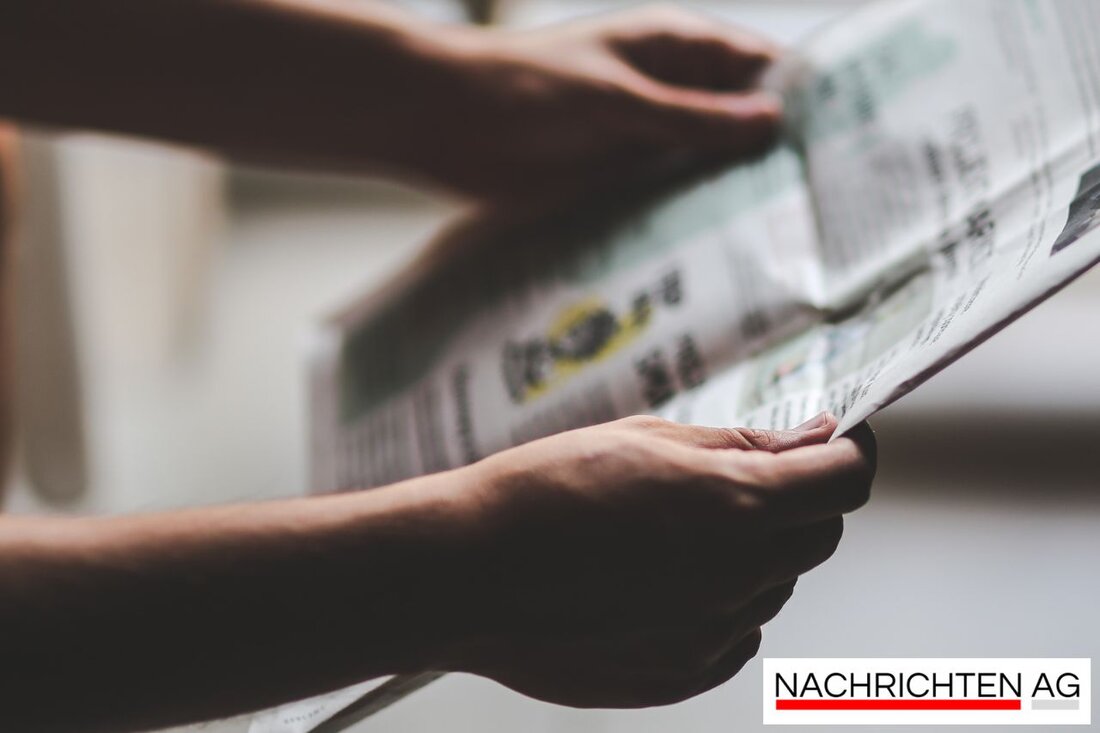Be careful with IoT investments: High hidden costs threaten!
Be careful with IoT investments: High hidden costs threaten!
In today's fast-moving technology landscape, IoT decision-makers are more than ever required to invest clever. A current report by ESEYE shows that 68% of the leading IoT decision-makers believe that cheap IoT connectivity providers are not a good choice in the long run. This feeling is underpinned by an alarming statistics: Up to 99.6% of IoT implementations do not achieve the necessary connectivity, which can lead to hidden costs that companies could cost millions. In order to counteract this dilemma, the comprehensive consideration of the total costs of property (TCO) is essential.
The ESEYE report entitled "Beyond the Price Tag: The True Cost of IoT Connectivity" offers valuable insights into the financial pitfalls of IoT implementation. The TCO not only includes the initial investments, but also all running costs for design, implementation and maintenance over the entire life cycle of a device. A cost-conscious approach is particularly important at a time when the global IoT market has grown by impressive 22% and should exceed the 500 billion dollar brand by 2027, such as [Embeddedcomputing.com] (https://embeddedcomputing.com/technology/Device-management/understanding-The-te-to --kost-of--your--deployment-to-optimize--spend) reports.
five steps to optimize IoT costs
ESEYE identified five critical steps to evaluate an IoT initiative:
- complete TCO: take into account all expenses via the life cycle, including possible downtime and maintenance. Link
- connectivity with sales: The failure of connectivity can result in a loss of sales, especially with electric charging stations or automatic sales. Design
- for the entire device life cycle: already include the connectivity needs in the design phase, e.g. by optimizing the battery life.
- Control operating and data roaming costs: Particularly unexpected roaming fees can lead to high billing sums.
- reduce future network criticism: The devices must be designed for new network technologies such as 4G and beyond.
An impressive example of the success of these approaches is a case study that ESEYE presents. A global advertising brand was able to achieve savings of £ 8.8 million through a five-year TCO rating. These savings resulted from the elimination of redundant hardware, reduced data fees and fewer failures.
cost structure in detail
The total cost of property is composed of several aspects. Even before implementing an IoT system, it is crucial to understand the costs for devices, software, workers and tests. According to the [iOt-kostenmanagement.de] (https://www.iot-kostenmanagement.de/iot- industrie/kosten-und-processes/), the accessibility of devices on the Internet is becoming increasingly important in order to obtain real-time data about costs and processes.
The operating costs are another critical factor. These include fleet tracking, theft prevention, problem detection and maintenance, with over 70% of the fleet managers use modern tracking technology. Nevertheless, studies show that almost 50% of companies are currently not able to recognize any security violations in their IoT devices, which is alarming when you consider how central the connectivity to the success of an IoT use is.
A good hand when assessing all costs and the selection of the appropriate provider is therefore essential to avoid surprises in the budget. The right mix of technologies and strategies can not only optimize costs, but also increase efficiency and ensure long -term success. Because as the ESEYE report aptly summarizes: The true cost structure of the IoT is often only evident when the TCO.
For more information and for the detailed reading of the report "Beyond the Price Tag: The True Cost of IoT Connectivity", visit the [ESEYE-Website] (https://iotbusinessNews.com/2025/11/64710-overlooking-total-kost- iot-achorship-risks-mi--hidden-costs-seye-rort-warns/).
| Details | |
|---|---|
| Ort | N/A |
| Quellen | |


Kommentare (0)